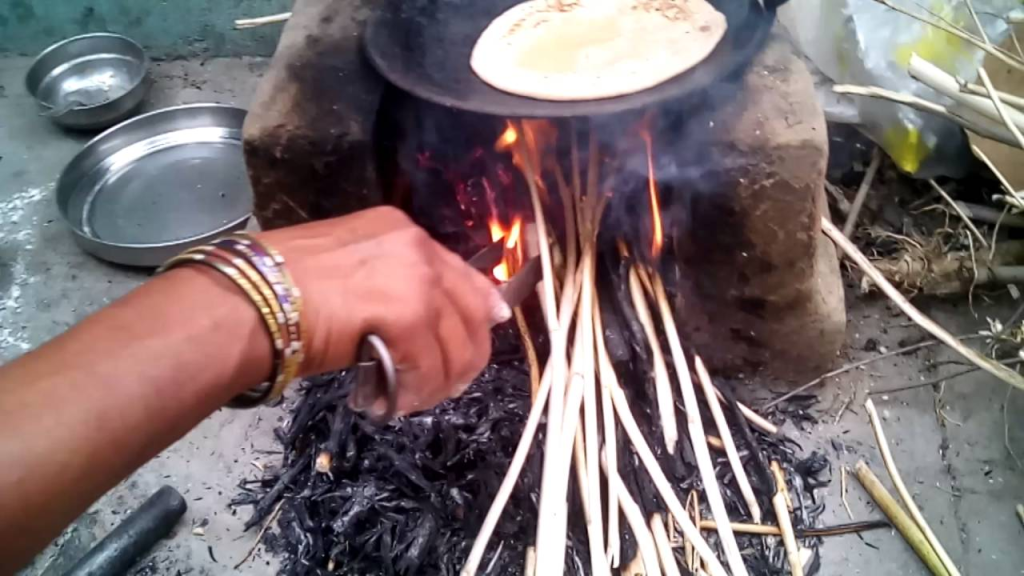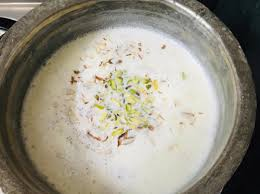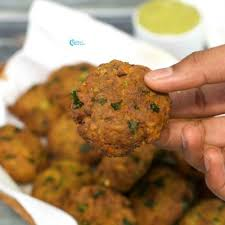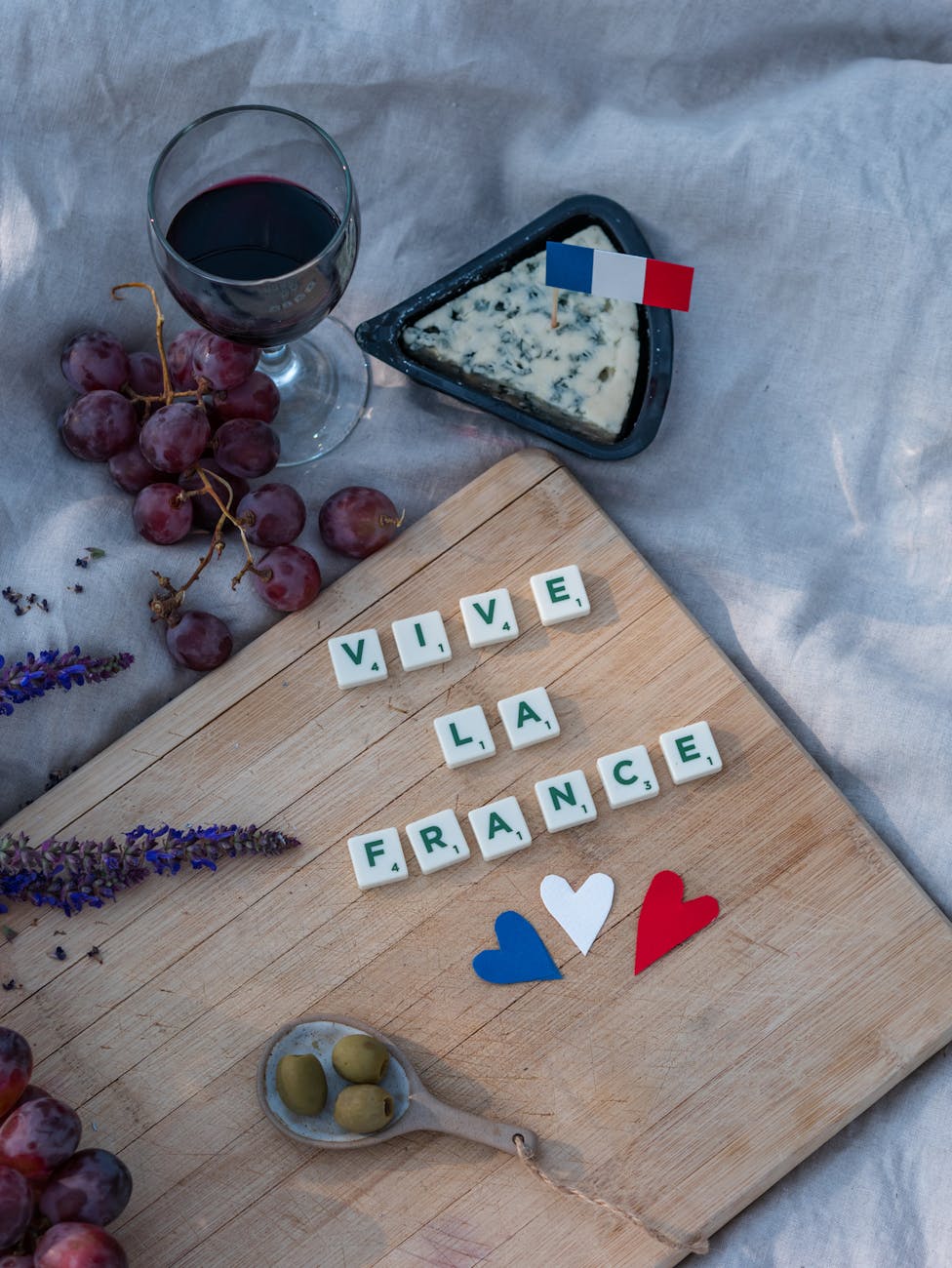(Image credits: Shutterstock)
Tales of Granny’s Kitchen (Dadi’s home)
I have fond memories of my Grandma and how she managed her home with her six children. My father was the third sibling amongst his two brothers and three sisters.
Unfortunately, Papa is no more, and none of his siblings are surviving anymore. But I have seen the bond of warm coziness that existed among all the family members.
Growing up in the towns where Papa worked, I got a chance to visit my paternal grandmother’s home twice a year since my early childhood, only during Holi and Diwali celebrations.
Papa used to get ten days of holiday for each of these festivals back then, about 3 to 4 decades ago. And I always looked forward to spending time with my Granny, whom I lovingly called Dadima, in our village ancestral home in Chhattisgarh, built with mud walls and clay roofs. Though now the house has been rebuilt with bricks and cement.
Not an early riser, but once there, I used to wake up early in the morning at 6 am along with Dadima, to sip kadak dudh wali chai, prepared with homemade masalas. This spiced tea was made for fifteen people in the household, including my Grandpa, two Uncles and Aunts, and their children. The kitchen attached to the hall was big enough for all the people to sit down together either on mats or on the low-lying stools. The milk was procured from cows in the cowshed.

For breakfast, I relished the paanrotis the most. They are made of rice flour, which is kneaded first, small balls are taken from it and then pressed flat between the two paan leaves, before directly being put in the clay chulha. The embers in the chulha’s fire cooked the rotis sandwiched between the paan leaves within 10-15 minutes. A dozen such paanrotis would be placed in the embers, at one time.
Dadima deftly would do this, while I used to sit and watch in front of her. I simply would salivate, as the tempting aroma of the paanrotis being cooked filled up the entire house. My aunts too helped her in between.
She alongside would coarsely grind the tomato, green chilly, and fresh coriander leaves for the chutney in the silbatta, the stone grinder. This chutney was served with the rotis, while some members also liked to have jaggery with them.
I, being the youngest kid (6 years old) would get it right after Grandpa was served. As long as I stayed in the house, Dadima took full charge of the kitchen and kept the aunts and my Mom busy with other tasks, like cutting the veggies or housekeeping.
Dadima once told me that instead of the paan leaves, other varieties of leaves can also be used for the same purpose, and the flavor of each leaf gave a very different taste to the rotis. For example, the leaves of banana, arabi, and teshu flower, the same flowers which are ground during Holi, are to be used as colors.
I had a bountiful of stories to share with Dadima, about my school, my neighborhood friends, the place where Papa worked, and the different locations he took us to for weekend outings. Dadima also used to share with me some interesting stories about the family.
As much as she loved hearing my chatter, I also loved whatever she cooked on the humble clay chulha. For breakfast, she also used to make poha, cheela (on iron tawa), or sooji-halwa in homemade ghee.
I must say that whatever was cooked in earthenware on the chulha, tasted heavenly compared to what is cooked on the gas stove, in the steel utensils. Even if it’s just dal-chawal being made in earthen pots or handis.
For lunch, Dadima used to make simple sabji with kadhi or raita. And for the spices to be put into sabji, she would grind the raw turmeric, red dry chilies, and coriander seeds, and make a fine paste out of them, on the same silbatta.
The spice powders that we city-goers have become accustomed to are no match to the flavor of the freshly ground raw spices of Granny’s days.
On Sunday, there used to be a weekly bazaar, where my Uncle and Grandpa bought fresh vegetables, along with fish and a large-sized chicken for all of us. So we used to get a double treat, of relishing the fish curry during lunch, and the chicken curry for dinner.
Of course, for the preparation, my aunts used to help Dadima, either by cleaning and cutting the fish pieces and then marinating them in lime, salt, and turmeric, or grinding the ginger garlic cloves with the whole spices. While Dadima would continuously stir the curry till it was cooked. The whiff of the fish curry used to draw me to the kitchen, making me hungrier.
Dadima also used to take me during the day to the huge backyard filled with mango, guava, sitaphal (custard apple), and papaya trees. She used to pluck out with the help of a long stick, 4 to 5 big ripe papayas during Holi, or a basketful of ripe sitaphal during Diwali, to be eaten in the afternoon, after the meal.
A few hours later, my aunts used to begin the preparation of the chicken curry for dinner. The same round of cleaning up and cutting the pieces, and grinding the masala paste went through, except for the use of lime here.
Right from the tadka of the spices like bay leaves, cinnamon, and black pepper in hot oil, to the continuous stirring of the masala paste, my nostrils would be filled with the delightful aroma of chicken curry being prepared. The outcome of the dish cooked by Dadima was nothing short of a royal treat.
I used to relish the leg pieces of chicken the most, in my younger days. Years later, something struck me and I stopped eating non-vegetarian food altogether at the age of sixteen, except for eggs.
Two days before Diwali, Dadima used to make delicacies like ghujia, sev and mathri, along with the Aunts and Mom. For the filling in the ghujia, Dadima herself prepared by lightly roasting the mava, semolina, dry fruits, and coconut crumbs.

She also made kheer on the day of Lakshmi puja. The very next day, on Govardhan puja, she used to make the khichdi, with great devotion. This khichdi, made with rice, pulses, and plentiful veggies, especially pumpkin, is first offered to the fully-decorated livestock, and then to the rest of the family.
For Dadima, her kitchen was her sanctuary. Here she’d cook anything with total dedication and love. And that was the secret ingredient for the divine flavor in all of her cuisines. Of course, she was generous enough to give useful tips and always open to sharing her recipes with her daughters and daughters-in-law, but nobody matched up with her cooking skills. She passed away in 1984 due to a long illness.
***************************
(Image credits: Shutterstock)
Tales of Granny’s Kitchen (Nani’s home)
“Nanima… mai aa gayi…”
I’d shriek out of excitement as soon as I’d enter the aangan (courtyard) of my beloved Nani (maternal grandmother) Bisantinbai’s home, located at Dhamtari, a serene town nearby Raipur.
I’d run up to her and touch her feet, while teary-eyed Nani hugged me tightly. My family (parents, brother, and I), after celebrating Diwali at my Dadima’s home, would surely visit Nani’s home afterward.
Visiting Nani’s home since my childhood, filled me with inexplicable happiness. Though Nani was a step-mom to my mother, she equally loved my mom along with her younger biological children, two sons, and one daughter.
My Nana had remarried after my real Nani passed away when my mom was just ten-year-old, with two younger sisters. While growing up, one Mausi (mom’s sister) died out of illness at the age of fifteen, and the other Mausi got married when she was eighteen-year-old.

Delicious food was made at home by Nani, and fun time spent in the market with my Mama who’d buy us gifts, and provide the town’s famous moong bade.
For breakfast, just like my Dadima, Nani also treated us with paan-roti with jaggery. She used to buy plenty of ber fruit in advance. This sweet-sour fruit was my mom’s favorite. That’s why I refer to my Nani as Berwali Nani.
We were also served mathri, chakali, ghujia and shakkarpara, all the items prepared by Nani and Mausi, during Diwali.
In the evening, I’d insist that mom visit another Nani’s place, a close family friend who stayed nearby. Her name was Muktibai, she lived with her two sons, daughters-in-law, and their children.
Affectionately I called her Jaamwali Nani, because there was a guava tree in the aangan of her house. During the autumn, the tree was fully laden with guavas.
Jaamwali Nani was also lovable, who’d offer a basket full of guavas, and mithais. She was extremely jovial, and I enjoyed listening to her children’s and my mom’s hilarious childhood tales.
Both the magnanimous Nanis was widowed decades ago, but they left for the heavenly abode in 2013.
********************







Leave a comment